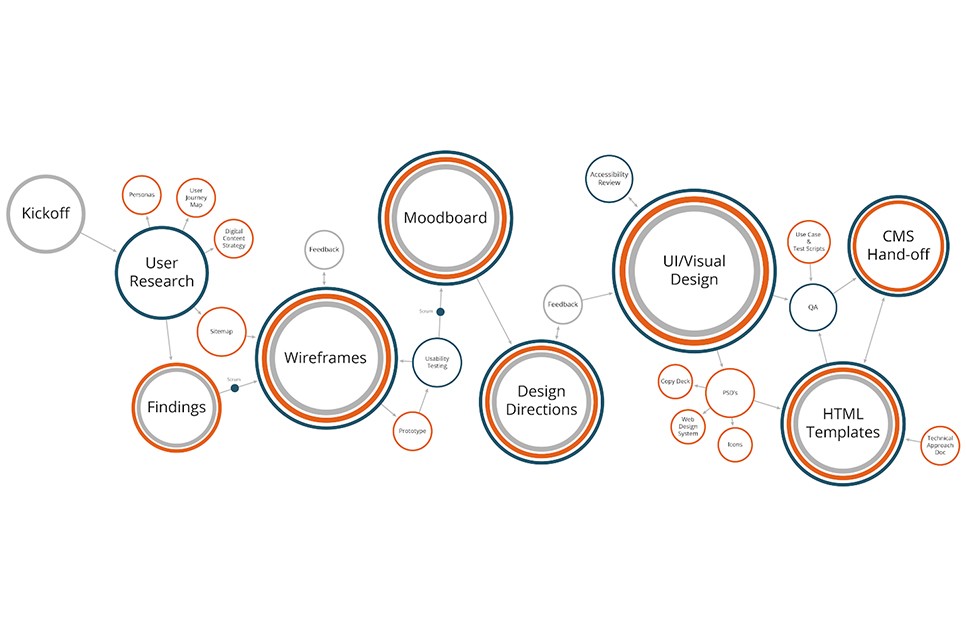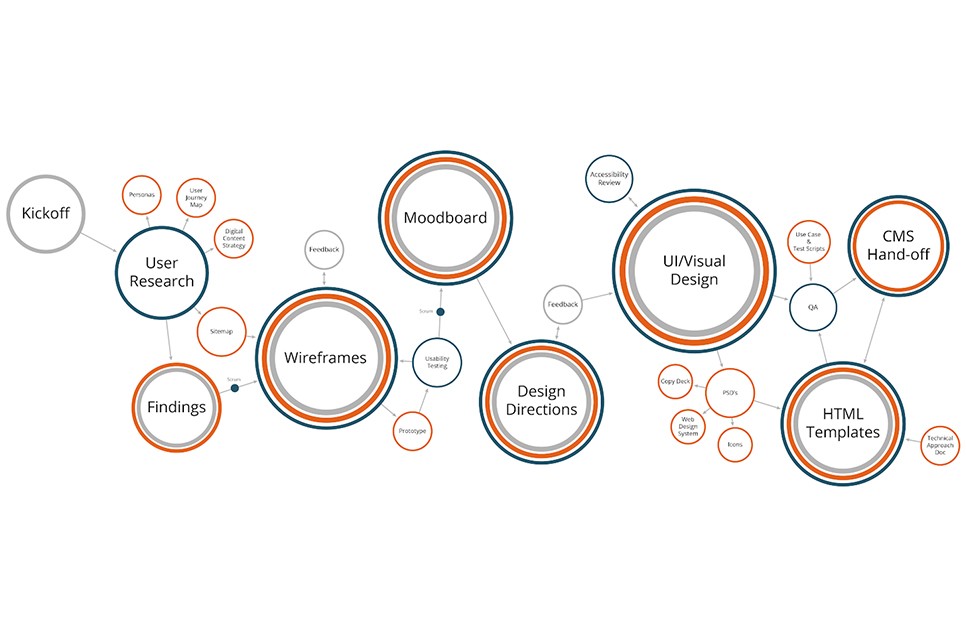
Recently, we were very excited to welcome the PubFactory hosting platform to KnowledgeWorks Global Ltd.’s end-to-end portfolio of publisher services.

Every year - like clockwork - technology experts and futurists speculate as to whether this will finally be THE YEAR for mass market adoption of VR (virtual reality), AR (augmented reality) and MR (mixed reality), now commonly referred to under the useful catch-all umbrella term XR (extended reality) technologies.

In 2018, we collaborated with Manchester University Press (MUP) on a hosting platform that would bring all of their books and journals online. Manchester is the largest research university in the UK, and the Press is one of the largest University Presses in the UK, publishing around 200 books and 6 journals a year.

When designing your publishing platform, there are many factors to consider to deliver an optimal user experience. It’s critical to establish a user-first driven process, as diagrammed below.

Website accessibility is not a new topic. In fact, it’s been a factor since 2010 when the Americans with Disabilities Act (ADA) published standards that digital technology and information must be accessible to all people.

Your website platform should be available to every person on any device. The following are critical considerations in a “mobile-first” world for maximizing discoverability and accessibility when creating the optimal user experience for journeys across all of your digital content.

It would be an understatement to say that these are challenging times for teachers. Plunged into lockdown with no time to prepare for it, educators are quickly adapting to the new realities of distance instruction while getting up to speed with technology platforms, unfamiliar teaching techniques, and changing district and institutional guidelines.

Much has been written lately about the rush to quickly make new coronavirus research available to the medical community, government agencies, and the concerned public. Recent news and analysis ranges from scholarly publishers working together to maximize the efficiency of peer review, to a demand for conclusiveness against an “infodemic” of both accurate and inaccurate guidance, to our own observations that preprints and media attention are driving rapid publication like never before.

Across most levels of education, students now expect learning experiences to be broadly in-line with their fast moving, digitally native, on-the-go lifestyles. And the pressure to cater to this need and deliver learning in a dynamic way is something which educational institutions feel on a daily basis.









